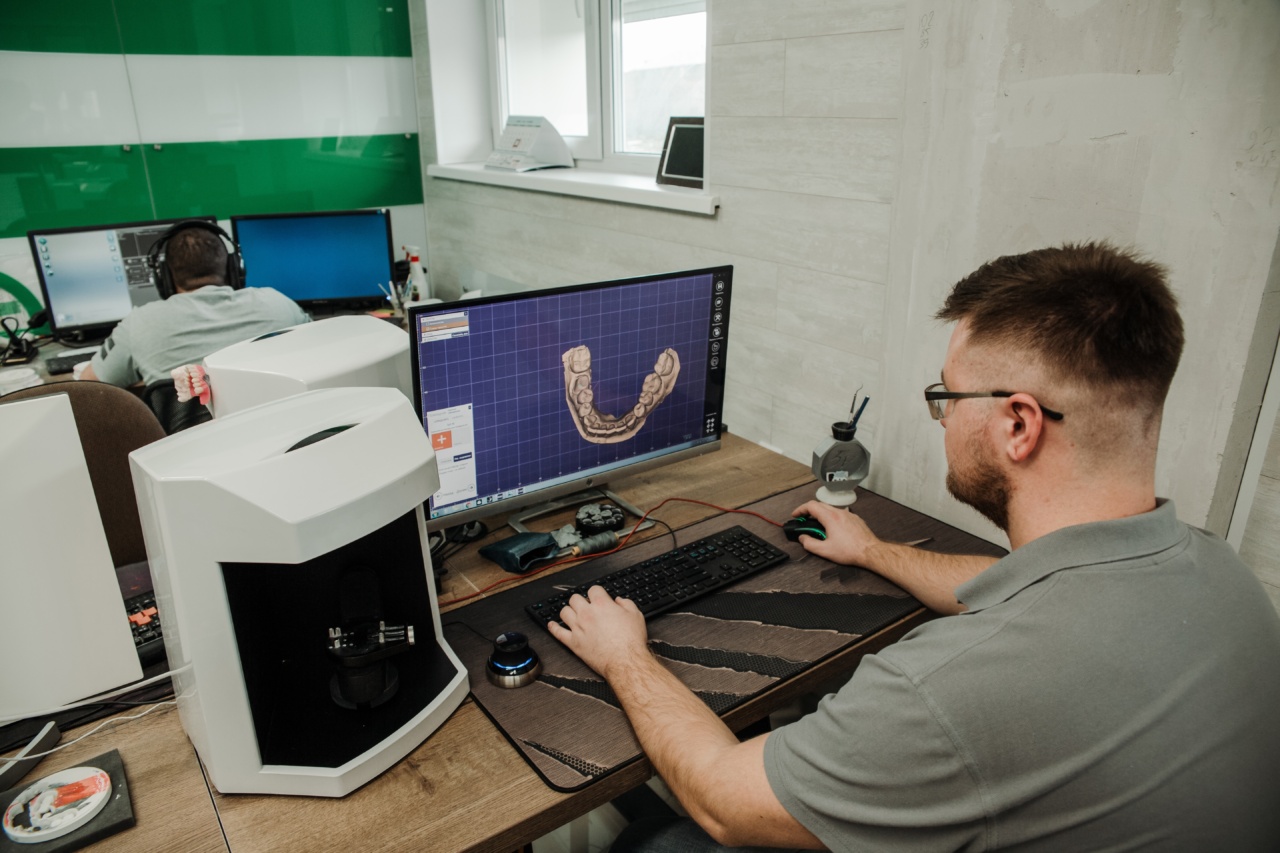The field of regenerative medicine has revolutionized the way medical professionals handle different ailments. One of the crucial elements that have made it possible stems from advancements in stem cell production technology.
Scientists have explored different approaches to improve the production of these cells, expand their capabilities, and develop them for modern medicine. In this article, we explore the advancements in stem cell production technology for regenerative medicine.
Overview of Stem Cells and Regenerative Medicine
Stem cells are undifferentiated cells that have the potential to change into any cell type in the human body.
Regenerative medicine utilizes stem cells to replace or repair damaged tissues or organs in the human body to help the development of therapeutics and medical devices. The use of stem cells in regenerative medicine seeks to restore the damaged part of the body by relying on the therapeutic potential of these cells.
Embryonic Stem Cell Production Technology
Embryonic stem cells (ESCs) are cultured from the inner cell mass of the early stage embryo. The unique features of ESCs make them ideal for use in regenerative medicine due to their potential for self-renewal and differentiation into other cells.
In the past, obtaining ESCs has been challenging because they are only available from human embryos, and sometimes this raises ethical issues. Recently, scientists have developed technology that does not require regular use of human embryos, making the development of ESCs ethical.
Use of Induced Pluripotent Stem Cells (iPSCs)
Induced pluripotent stem cells (iPSCs) are adult cells that can be made to take on the characteristics of embryonic stem cells. Scientists have figured out how to use iPSCs to regenerate damaged tissues in animals.
The most common methods of reprogramming adult cells back into iPSCs include transfection, transduction and electroporation. With this technology, it is possible to create patient-specific iPSCs, which can help minimize the risk of rejection by the patient’s body, allowing them to be useful in personalized medicine.
Microfluidics Technology
Microfluidics has significantly contributed to the advancements in stem cell production technology in recent years. Microfluidic devices allow for large-scale stem cell cultivation by controlling the environment in which the cells are cultured.
The devices control several parameters such as oxygen levels, pH, nutrient supply, and waste removal that affect the quality of the stem cells produced. The technology enables a high level of automation, which speeds up the process of producing stem cells and reduces contamination, leading to a high yield of quality cells.
Stem Cell 3D Printing Technology
3D printing has made significant inroads in the field of medicine, and stem cell production technology is no exception. With 3D printing technology, it is possible to produce precise structures that mimic complex human organs and tissues.
This technology makes it easier for scientists to create artificial tissues that can be implanted in a patient’s body to promote the regeneration of damaged tissues or organs. The technology also allows for the creation of scaffolds that provide mechanical support for cells utilized in regenerative medicine.
CRISPR Gene Editing Technology
CRISPR gene editing technology has also been integrated into the production of stem cells. CRISPR technology allows scientists to remove or add genetic information within the DNA strand of a cell.
This technology presents a new level of precision and accuracy that can be used to generate specific types of cells, which may not be obtained naturally. The technology is useful in stem cell production as it allows for the modification of specific cell features, making it possible to create cells with unique characteristics that may be needed in regenerative medicine.
Advancements in Cell Delivery Technology
Cell delivery technology has also undergone significant improvement, making it possible to target specific areas of the body with cells meant for regeneration. Cell delivery technology now includes chemical and biological techniques.
One of the significant advantages of this technology is that it facilitates targeted delivery of therapeutics, reducing the risk of side effects arising from systemic administration of drugs, and improving the drug’s efficacy. It is now possible to incorporate stem cells into a hydrogel for delivery into the body to initiate healing of damaged tissues or organs.
The Future of Stem Cell Production Technology
The field of stem cell production technology is rapidly evolving, with new discoveries being made every day.
The future of stem cell production technology is promising, with projections indicating that technology will continue to improve and transform the field of regenerative medicine. The integration of artificial intelligence, big data, and machine learning is expected to revolutionize the production of stem cells.
With this technology, the production of regeneration cells could have a standardized approach, reducing contamination and errors, making it safer and more efficient for use in clinical practice.
Conclusion
Stem cell production technology has experienced substantial advancement over the past few years, enabling scientists to generate stem cells that are useful in regenerative medicine.
Several techniques have been explored, including microfluidics technology, induced pluripotent stem cells, gene editing technology, and cell delivery techniques. The continued integration of new advances in technology is expected to bring about a more significant impact in the field of regenerative medicine, leading to the development of more effective treatments of various conditions.





























